China is a land of breathtaking contrasts. From the silent, watchful gaze of the Terracotta Army to the jagged, limestone peaks piercing the mist in Guilin, the country offers a journey through time and terrain. Planning a trip can feel overwhelming, but this guide is designed to be your friendly companion, walking you through the essential steps to experience China's most spectacular scenic marvels.
First, let's talk about timing. China's vast size means its climate varies dramatically. The best times for traveling to China are generally spring (April-May) and autumn (September-October). During these months, the weather is mild, the skies are clearer, and the crowds are more manageable than in the peak summer season. For instance, hiking the Great Wall is far more pleasant in the cool, crisp air of autumn, with the surrounding hills painted in fiery hues of red and gold. If you wish to see the iconic landscapes of Guilin, spring offers lush, green scenery and comfortable temperatures for a Li River cruise.
Now, for the practicalities. Most travelers need a visa to enter China. It's crucial to apply well in advance of your planned departure. Check the latest requirements with the Chinese embassy or consulate in your home country, as policies can change. For getting around, China's high-speed rail network is a marvel in itself. It's efficient, comfortable, and connects major cities beautifully. For longer distances, domestic flights are plentiful and often affordable. Within cities, subway systems are your best friend—they are easy to navigate, inexpensive, and avoid the notorious traffic.

Let's begin our journey in the ancient capital, Xi'an. The primary draw here is the Terracotta Army, one of the most significant archaeological discoveries of the 20th century. Walking into the vast pits is a humbling experience. You stand before thousands of life-sized soldiers, each with a unique face, standing in battle formation for over two millennia. It’s a powerful testament to the ambition of China's first emperor, Qin Shi Huang. To make the most of your visit, consider hiring a knowledgeable local guide. They can bring the history to life, explaining the intricacies of the figures and the ongoing excavation work. Don't miss the smaller exhibits showing the bronze chariots and horses, which are equally exquisite.
Next, we head to the heart of China's natural beauty, Guilin and Yangshuo. This region is the picture you've seen on countless postcards and paintings. The landscape is defined by karst mountains, which rise dramatically from the flat plains like something from a dream. The best way to experience this is on a Li River cruise from Guilin to Yangshuo. As you drift down the serene river, you'll pass water buffalo wading in the shallows, fishermen on bamboo rafts, and villages nestled at the foot of these green peaks. It’s a truly tranquil and photogenic journey. Once in Yangshuo, rent a bicycle and explore the countryside. Riding along the Yulong River, through rice paddies and past ancient bridges, is an unforgettable experience. In the evening, the Impression Sanjie Liu light show, set on the river itself with the karst mountains as a backdrop, is a magical spectacle.
No trip to China is complete without standing on the Great Wall. While sections like Badaling are easily accessible from Beijing, they can be very crowded. For a more immersive and less crowded Great Wall hiking experience, consider visiting the Mutianyu or Jinshanling sections. Mutianyu offers a cable car up and a thrilling toboggan ride down, set amidst beautiful, forested scenery. Jinshanling is more rugged and is perfect for those who want a challenging, photogenic walk along both restored and wild sections of the wall. Remember to wear good shoes and bring water—the steps are steep and uneven, but the panoramic views from the watchtowers are worth every ounce of effort.
From the mountains, we descend into the water. The Li River cruise we mentioned is a classic, but for something uniquely different, venture to Jiuzhaigou Valley in Sichuan province. This is a place of almost unreal beauty. Jiuzhaigou is a national park known for its multi-level waterfalls, colorful lakes, and snow-capped peaks. The water is so clear and mineral-rich that it shimmers in stunning shades of turquoise, blue, and green. Walking the well-maintained boardwalks feels like stepping into a fairy tale. It’s a high-altitude destination, so take it slow to acclimatize. Similarly, the Yellow Mountains (Huangshan) in Anhui province are legendary. Famous for their granite peaks, hot springs, and sea of clouds, they have inspired Chinese artists and poets for centuries. A sunrise from the summit, watching the granite peaks emerge from a rolling ocean of mist, is a truly spiritual moment.
For a completely different vibe, the modern megacities of Shanghai and Beijing offer their own kind of marvels. In Beijing, the Forbidden City is a must-see. This massive imperial palace complex, with its intricate halls and grand courtyards, was the home of Chinese emperors for nearly 500 years. It’s a profound lesson in architecture and power. Right across from it is Tiananmen Square, one of the largest public squares in the world. In Shanghai, the Bund showcases a stunning contrast between the colonial-era buildings on one side and the futuristic skyscrapers of Pudong on the other. At night, this area becomes a dazzling display of neon and light. For a peaceful escape in Shanghai, the Yu Garden is a classic example of a Chinese landscape garden, with beautiful pavilions, ponds, and rockeries.
To truly immerse yourself, engage with the local culture. Don't be shy about trying street food—it's where you'll find some of the most authentic and delicious flavors. From steaming baskets of dumplings (jiaozi) to spicy Sichuan noodles, your taste buds are in for an adventure. Learning a few basic Mandarin phrases like "hello" (nǐ hǎo) and "thank you" (xiè xie) will go a long way and is always appreciated by locals. When visiting temples or sacred sites, dress modestly and be respectful.
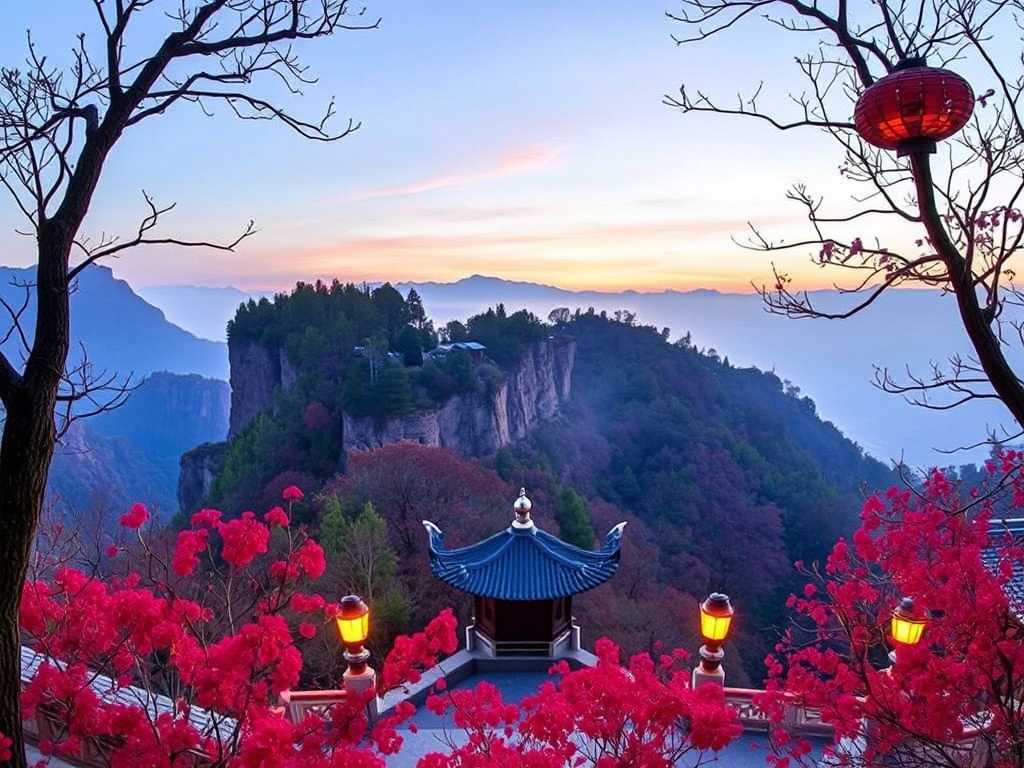
Finally, a few parting tips for a smooth journey. Download useful apps like WeChat for communication and a reliable VPN before you arrive, as many Western websites and services are restricted. Carry tissues and hand sanitizer, as these are not always provided in public restrooms. Most importantly, keep an open mind and a flexible attitude. China is a country of immense scale and energy, and sometimes the most memorable moments come from the unexpected detours. Embrace the chaos, savor the beauty, and prepare to be amazed by the depth and diversity of China's scenic marvels.


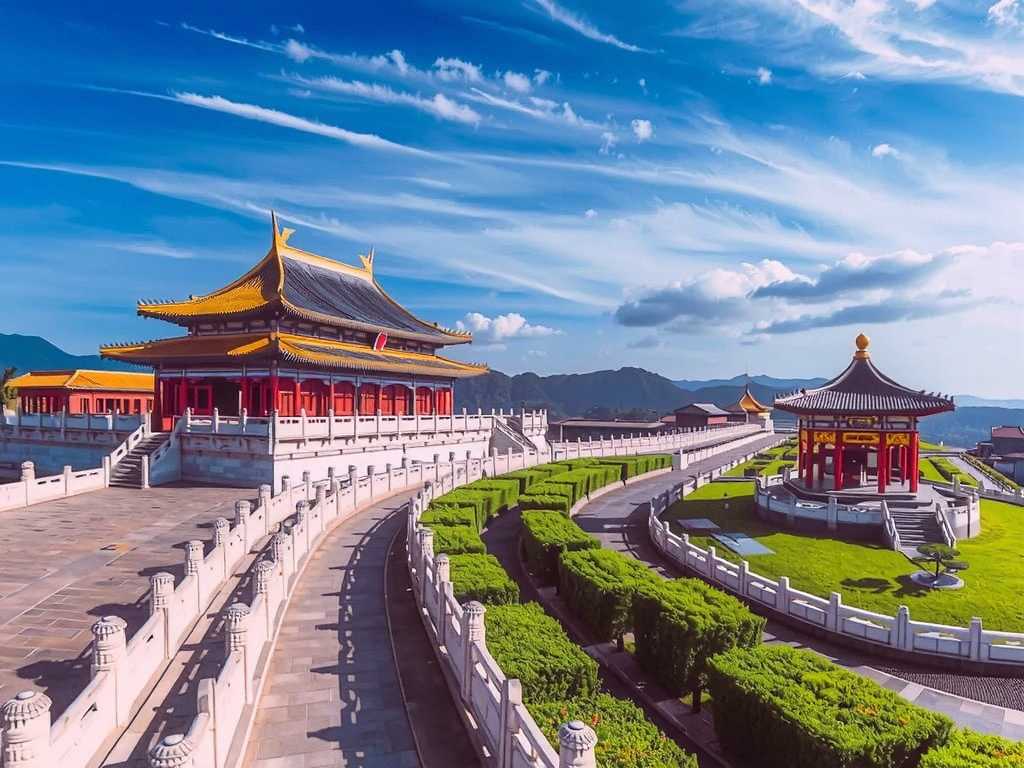
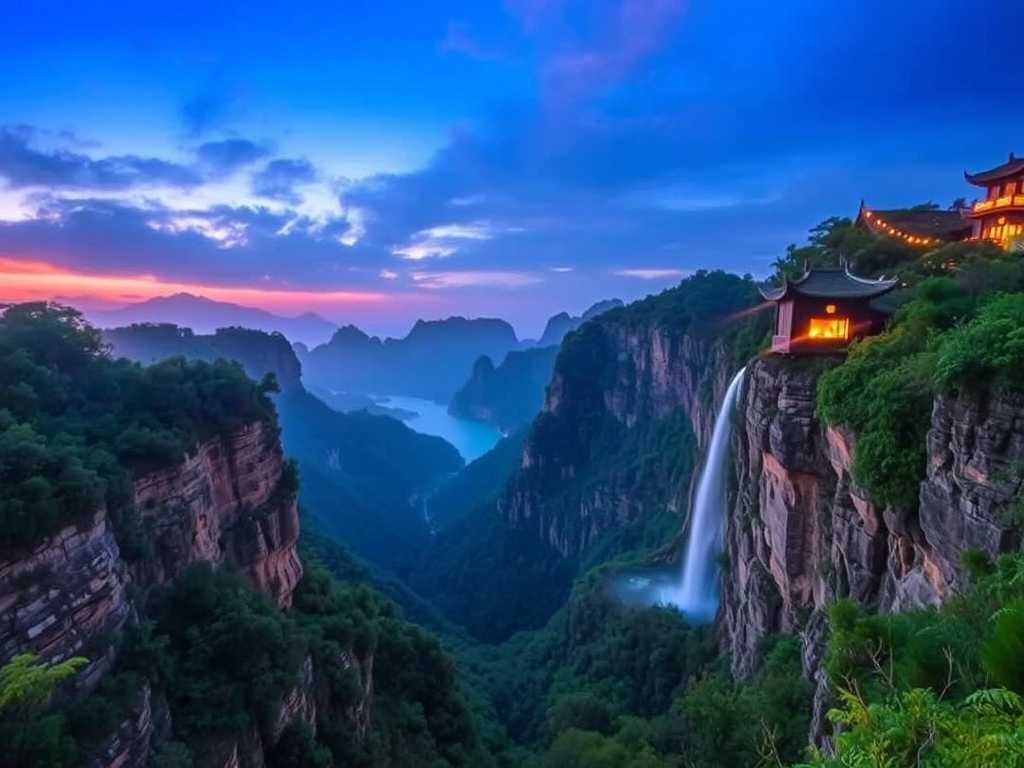
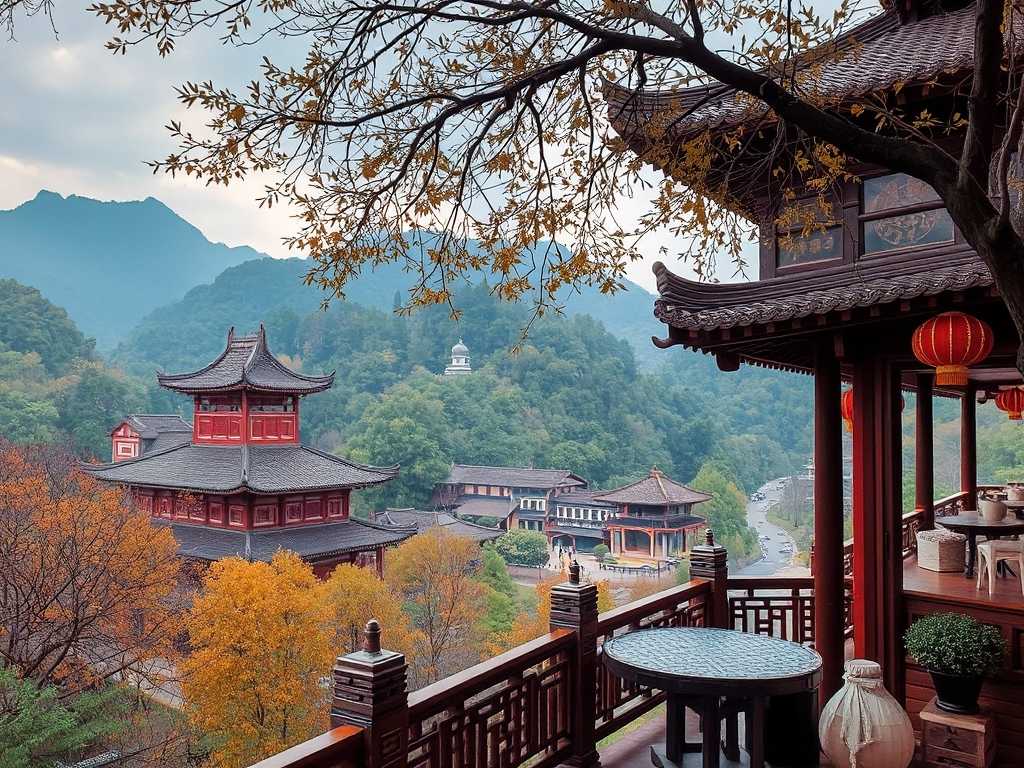
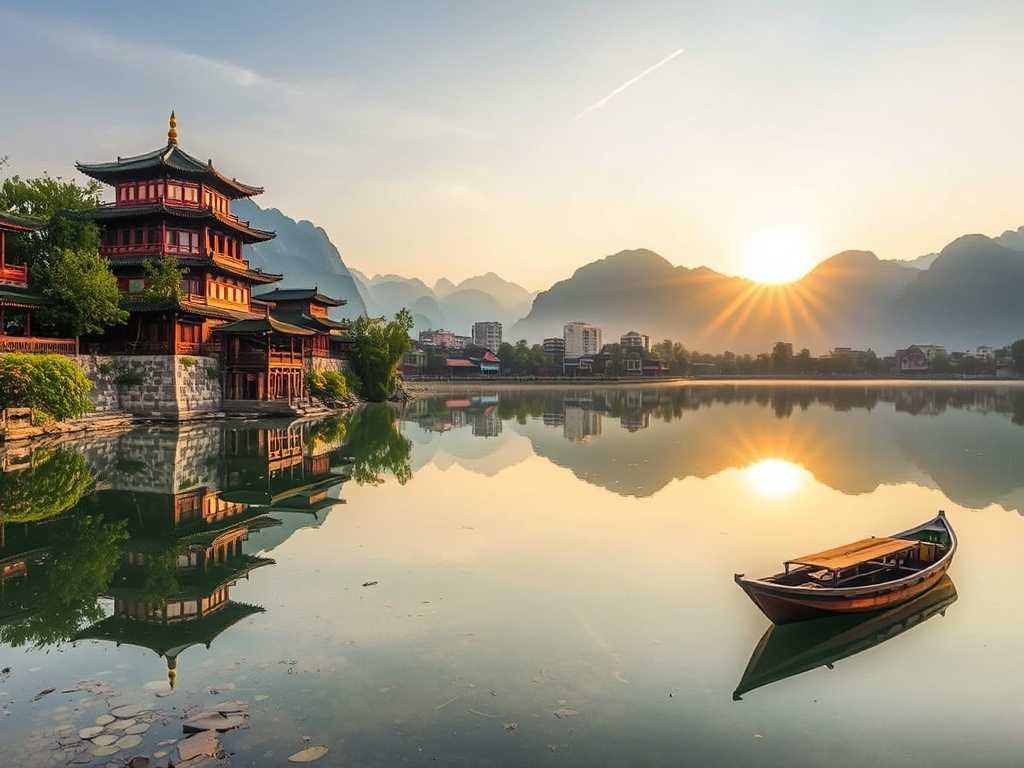
发表评论